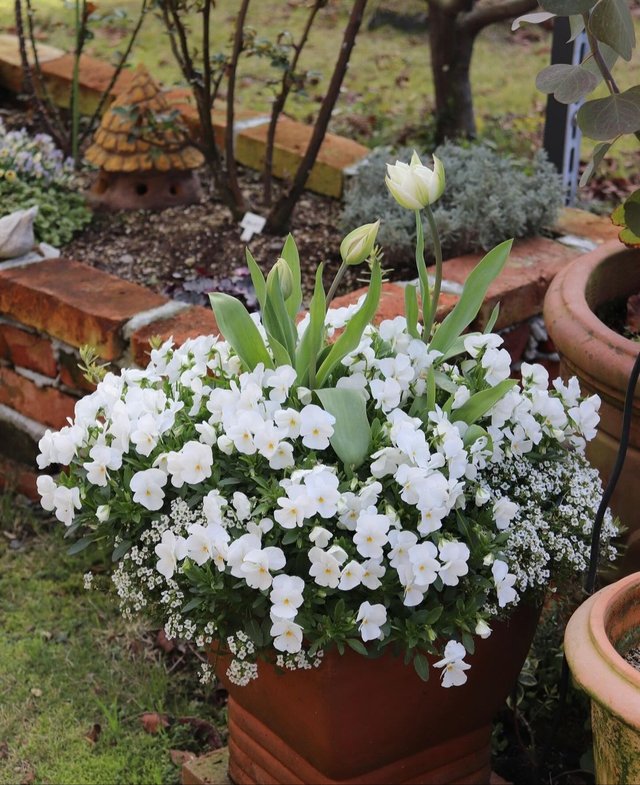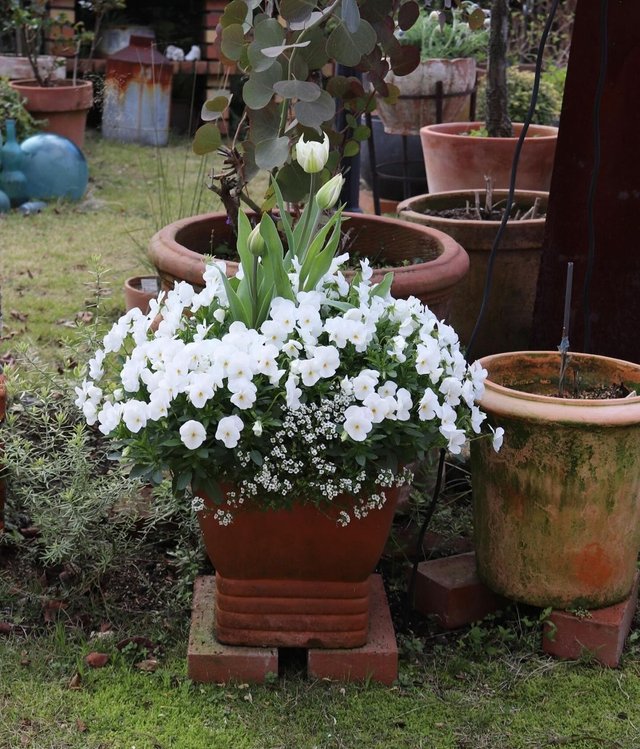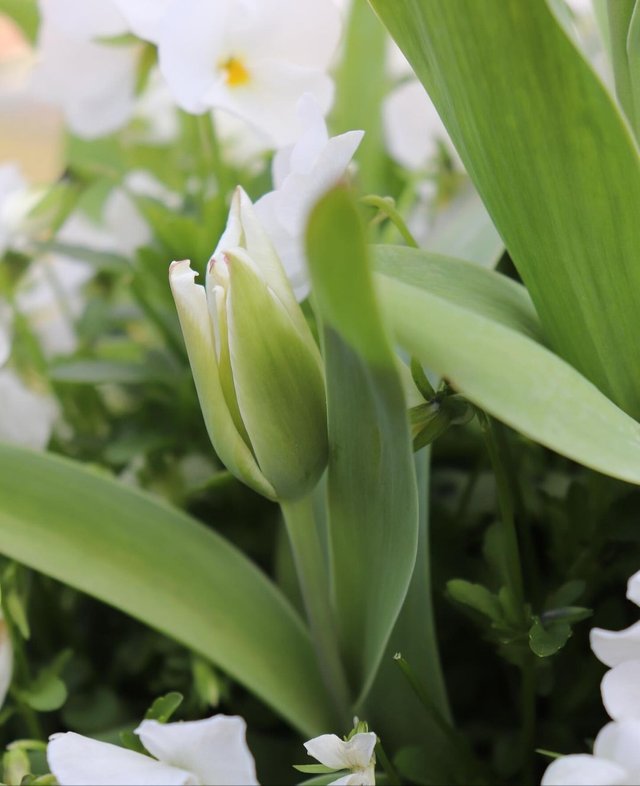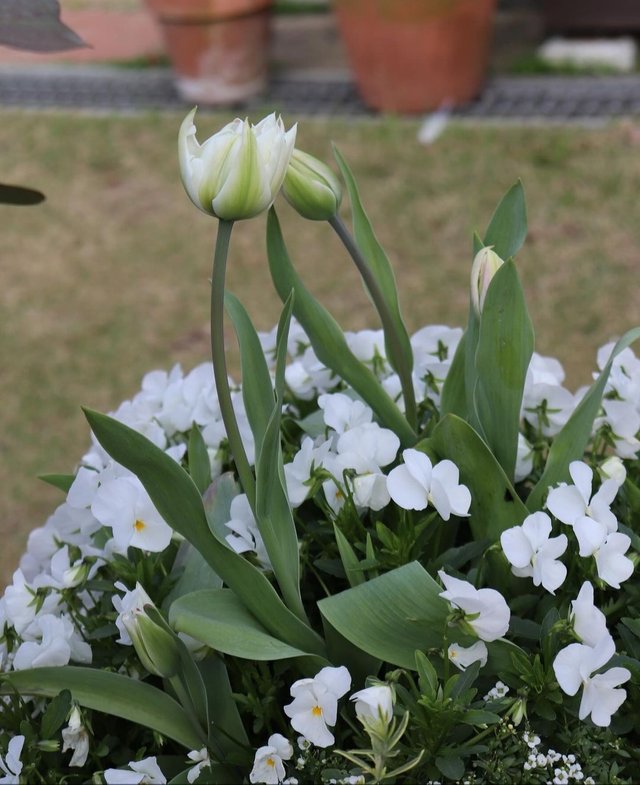Pansy Flower




The pansy flower, with its delicate yet vibrant petals, holds a timeless allure that captivates the hearts of gardeners and nature enthusiasts alike. Its scientific name, Viola tricolor var. hortensis, hints at its intricate beauty and historical significance.The pansy flower is believed to have originated in Europe and Western Asia, where it thrived in cool climates and moist, well-drained soil. Its distinctive "face," marked by a contrasting center and delicate lines resembling whiskers, adds to its charm. Pansies belong to the Violaceae family and are closely related to violets, sharing similar characteristics such as heart-shaped leaves and five-petaled flowers.
Throughout history, the pansy flower has been imbued with various symbolic meanings. In the language of flowers, it represents thoughts of loved ones and remembrance, making it a popular choice for sympathy bouquets and memorial gardens. Its diverse color palette further enhances its symbolism, with purple pansies symbolizing royalty and admiration, yellow representing happiness and joy, and white conveying purity and innocence.The pansy flower has left an indelible mark on art, literature, and folklore, serving as a muse for poets and painters alike. In Shakespeare's "A Midsummer Night's Dream," the pansy is affectionately referred to as "love-in-idleness," a nod to its association with love and romance. During the Victorian era, exchanging pansies was a common practice among lovers, expressing sentiments of affection and longing.
For those eager to cultivate these enchanting blooms, pansies are relatively easy to grow and care for, making them a popular choice for both novice and experienced gardeners. They thrive in partial to full sun and prefer cool temperatures, making them perfect for spring and fall gardens. Regular watering and deadheading spent blooms will promote continuous flowering throughout the season.